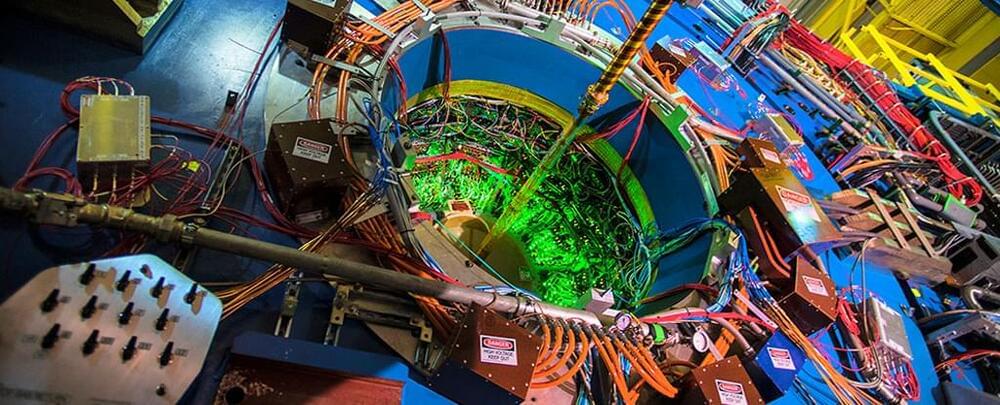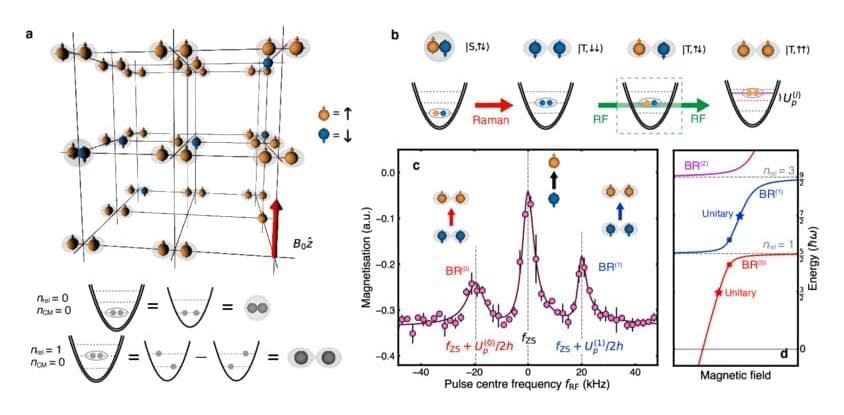Of course, all stars are hot compared with anything we’re used to here on Earth. But while the Sun’s surface chills at a steady 6,000 degrees Kelvin, these stars’ extreme temperatures range from 100,000 to 180,000 degrees.
These are “stars which are a little bit outside the canonical evolution,” Klaus Werner of the University of Tuebingen’s Kepler Centre for Astro and Particle Physics, a co-author of the paper, tells Inverse. “These stars are strange.”
Even among the ultra-hot white dwarfs known by the designation PG1159, the selection that cropped up in this survey lack the helium normally found in their atmosphere: instead, they’ve burned it all away, fusing it into a solar atmosphere of pure carbon and oxygen.








